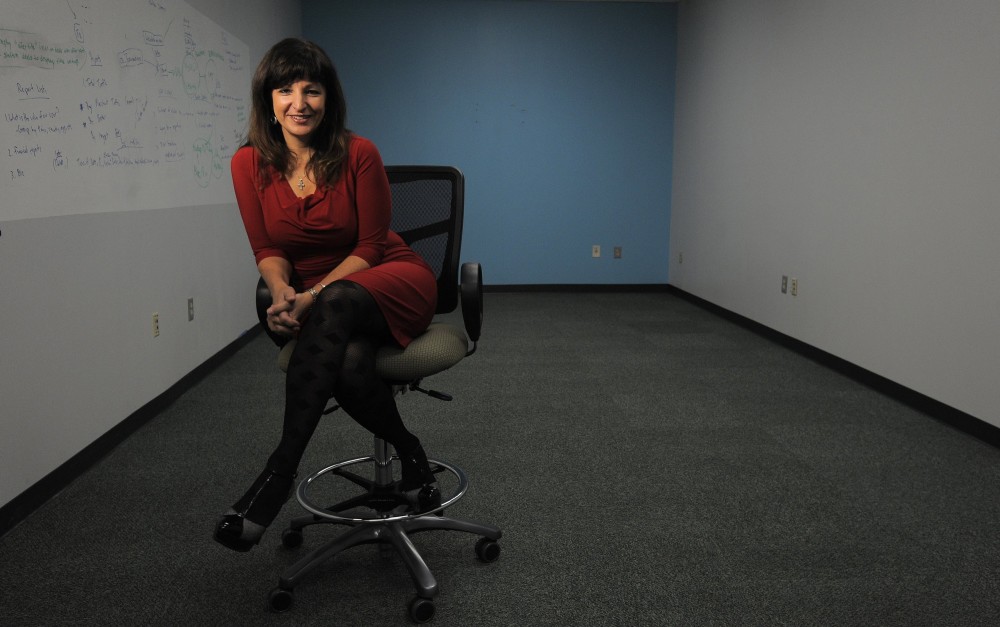By Kate Santich
Orlando Sentinel.
In recent months, some of the most successful business gurus in Central Florida have teamed up on a project that won’t earn them a dime. In fact, it’s costing them money.
But members of the new Entrepreneurs In Action initiative are getting a different kind of payoff. They’re mentoring local nonprofit leaders to help them make money the old-fashioned way — by earning it.
“We joke it’s ‘Shark Tank’ without such sharp teeth,” says Rob Panepinto, the volunteer chairman of the EIA initiative, referring to the ABC reality-TV series. Panepinto, a serial entrepreneur, was a founder of the for-profit corporation Connextions, which had explosive growth before its sale in 2011 for an undisclosed (but presumably hefty) sum.
“We have two goals in this program,” he says. “One is to help nonprofits start thinking about ways to drive sustainable revenue. And the other is to leverage the resources of entrepreneurs in this community to get them involved, given their strengths and how they like to spend their time.”
Apparently your typical serial entrepreneur — who starts, builds and sells one business before doing the same with another — doesn’t like to sit on nonprofit boards (too boring) or simply write a check (too passive).
“These aren’t a bunch of retirees. These are people who work 90 hours a week,” says Mark Brewer, CEO of the Central Florida Foundation, the philanthropic organization that launched the initiative. “They’re young, they’re dynamic and they want to be involved. They want to be part of the solution.”
The group’s elite think tank includes 10 founders and former presidents of a range of industries — from restaurant chains to computer-simulation training for the military.
Each was asked to contribute both expertise and a “meaningful” but unspecified capital donation to the foundation. The latter will be used for seed money on the projects.
The effort comes as nonprofits across the country struggle to diversify their revenue.
A generation of older, more reliable donors is dying off, and government grant funding has grown increasingly fickle.
Younger donors, especially millennials, tend to be drawn to causes in which they can take action — sometimes by volunteering, sometimes by buying a product whose proceeds benefit a worthy cause.
“I think there’s a coolness factor to being able to give back and help the community,” says Sandi Vidal, executive director of the Casselberry-based Christian HELP, which aids people in finding jobs and job training while providing food and other basic necessities. “You see for-profit companies like Tom’s Shoes where there’s a warm fuzzy to buying that product because you know it’s helping someone.”
Yet many nonprofit leaders come from backgrounds in social work — not business school. The mere idea of asking people to pay for a product or service can seem distasteful.
“I had to do this mental shift,” admits Carol Wick, president and CEO of Harbor House, Orange County’s domestic violence shelter and prevention program.
Her agency had developed online and in-person training programs to help people recognize and respond appropriately to domestic violence.
Last year alone, Harbor House trained 1,600 police officers, firefighters, health-care workers and employees of large corporations whose bottom line was being affected by domestic violence.
But the charity had been giving away the training — even to companies that offered to pay.
“I was worried that if we suddenly asked for money, maybe people wouldn’t get the training,” Wick says. “We were struggling to take this to the next level.”
The entrepreneurs gave her a long list of statistics, cost calculations and market research they wanted, and she had to do a “Shark Tank”-like pitch for the idea, in which she offered up sobering projections of just how much domestic violence had cost each of their businesses. It got their attention.
In return, the entrepreneurs brought in technology experts to revamp the charity’s online training platform, guided Wick on marketing efforts and helped her set a price point for the services, which will expand to other states.
She also made sure there was still free training for those who couldn’t afford it.
The effort netted her organization about $20,000 in the past year, but in the future it may bring in as much as $500,000. “I have a million things I can spend that on to make this community safer,” Wick says.
Though the EIA is just wrapping up the pilot program with Harbor House and won’t consider its next project until later this year, it already has a long list of local nonprofits that are interested.
But not every nonprofit is a candidate.
“It will take more than an idea,” Brewer says. “What we want are people who have already tried something, and they’ve either got something that works, or they’re not sure it works, or it’s working so well it’s killing them.”














































































































































































































































































































































































